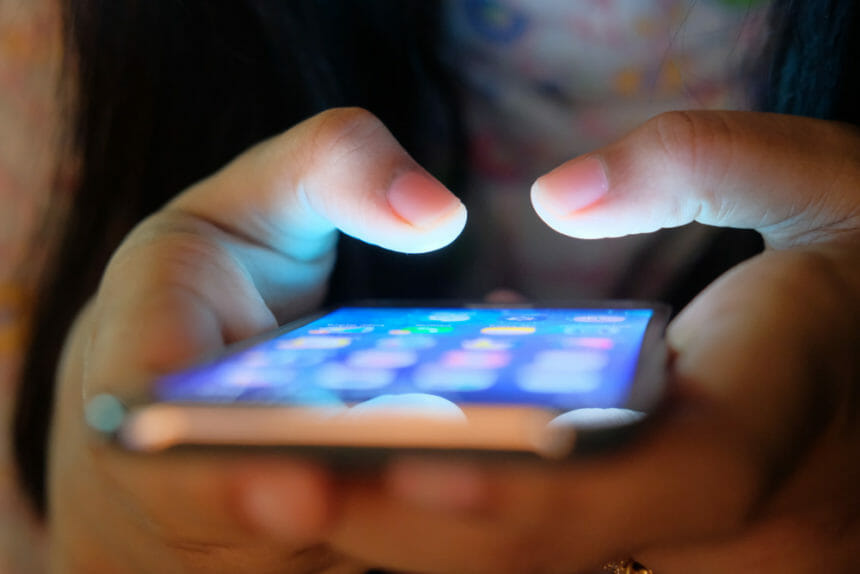Patient influencers trust social media groups more than pharma websites for health information, according to a survey from Wego Health.
These influencers are most likely to turn to groups on Facebook, Instagram and Twitter as their first source for health information, followed by health websites such as WebMD, patient advocacy organization portals, their doctor, patient blogs and YouTube. Only 3% said they prefer pharma websites.
Pharma websites also ranked low on the list of the most trusted sources of health information, only above YouTube. Health websites such as WebMD or those by the Mayo Clinic, healthcare providers and patient advocacy websites were the most trusted.
“We know the overall sentiment of trust with pharma continues to be a major challenge,” said David Goldsmith, chief strategy officer at Wego Health. “We also know when it comes to any kind of patient engagement, trust is top of list. [Patient influencers] are not looking to pharma for that support, and in many cases, they don’t find it either. Pharma websites often reinforce the marketing messaging; it’s just a different version of the TV promotion, and that’s not what patients are looking for.”
Advocacy groups and doctors also beat pharma companies and specific drug brands in terms of attracting followers. Nine out of 10 respondents said they follow a health advocacy organization, but only 20% to 30% follow a pharma company. Patient influencers are more likely to follow a pharma drug brand if they take that medicine.
Goldsmith said pharma has “a lot to learn” from influencers. The report classified people as influencers if they have a measurable footprint and a critical mass of followers on social channels, he added. Wego put influencers into two groups: nano-influencers, who have up to 1,000 followers, and macro-influencers, who have between 1,000 and 5,000 followers.
“Pharma should look at how they can more effectively collaborate with these patient influencers, who have the visibility and trust and authenticity within these patient communities,” Goldsmith said. “If pharma just tries to go it alone, they’re going to continue to flounder on social media if they don’t have that direct connection with patient communities.”
The report also delved into influencers’ preferred platforms. Facebook is king among this group, likely because of its private-group and messaging features. Nearly all (98%) of patient influencers use Facebook; 94% are members of a health-related group and 89% share health information publicly on the platform.
Given privacy concerns about Facebook, Goldsmith said patients on the platform and sharing health information is still “significant.” About half of influencers said the privacy scandals did not change their use of Facebook, and only 3% have stopped using it or deleted their account.
“The implication for us is that despite all of the concern about [privacy], patients are as wedded to Facebook as they have ever been,” Goldsmith said. “Our hypothesis is that Facebook is where everyone is, their peers are equally wedded to it, as well as friends and family. It’s so embedded in their day-to-day advocacy work and the support they provide. I don’t think people see any real alternative to Facebook.”
However, Facebook did take a hit on trust. The influencers ranked Twitter and Instagram as the most trusted networks with personal data. A third of influencers said if Facebook were to disappear, Instagram would be their next choice for connecting with other patients. (Facebook owns Instagram).
“If I’m a pharma marketer, depending on who I’m trying to reach, I obviously need to be mindful of Facebook and paying close attention to Instagram and Twitter,” Goldsmith said. “We now see a distribution across these different platforms and you can’t just assume you can reach your target audience through one platform or primarily Facebook.”
Wego surveyed 412 patient influencers across dozens of conditions in the U.S. in February.







